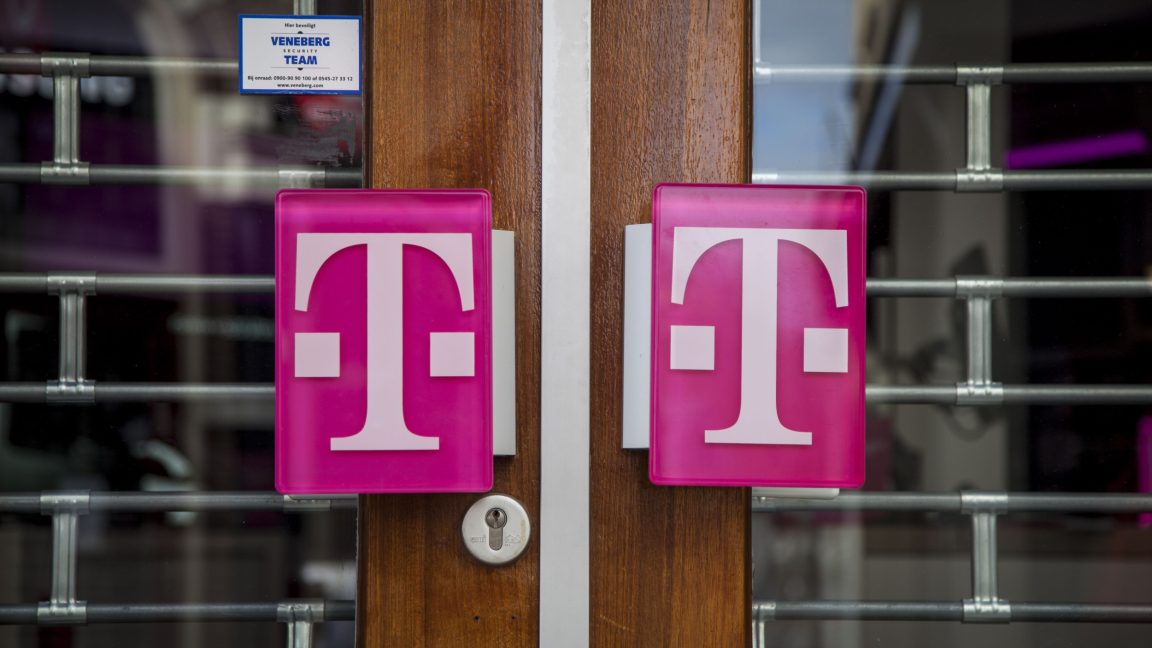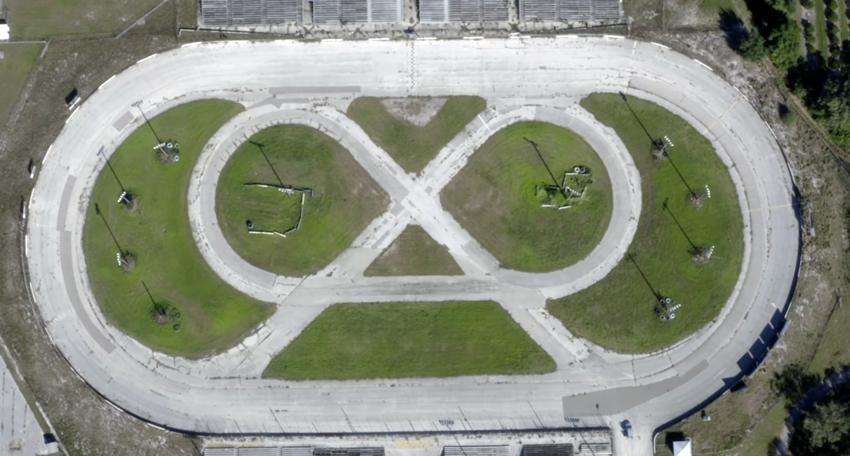From Reactive to Predictive – The Next Frontier for Security Leaders
In today’s hyper-connected world, cyber threats are evolving quickly, challenging security leaders to rethink their approach. Traditional reactive security where action is taken only after an incident occurs has proven insufficient against sophisticated attackers who leverage automation, artificial intelligence, and social engineering. Organizations can no longer afford to respond to breaches simply; they must anticipate […] The post From Reactive to Predictive – The Next Frontier for Security Leaders appeared first on Cyber Security News.

In today’s hyper-connected world, cyber threats are evolving quickly, challenging security leaders to rethink their approach.
Traditional reactive security where action is taken only after an incident occurs has proven insufficient against sophisticated attackers who leverage automation, artificial intelligence, and social engineering.
Organizations can no longer afford to respond to breaches simply; they must anticipate and prevent them. This shift from reactive to predictive security isn’t just about adopting new technologies and transforming mindsets, processes, and organizational culture.
Security leaders who embrace this frontier are positioning their organizations to stay ahead of threats, minimize risk, and build lasting resilience.
The Pitfalls of Staying Reactive
Relying on reactive security measures means always playing catch-up. When organizations wait for alerts or incidents before acting, they give adversaries the upper hand.
Attackers often exploit vulnerabilities that go unnoticed until damage is done, leading to costly breaches, data loss, and reputational harm. The reactive model also strains security teams, forcing them into a constant cycle of firefighting rather than strategic defense.
This approach can create alert fatigue, missed threats, and a lack of visibility into emerging risks.
As cyberattacks become more automated and targeted, the window for effective response narrows. This makes it clear that a reactive stance is no longer sustainable for organizations aiming to protect critical assets and maintain trust.
Building Blocks of Predictive Security Leadership
Predictive security leadership is about foreseeing risks and acting before threats materialize. It requires a blend of technology, strategy, and collaboration:
- Advanced Analytics: Harnessing big data and machine learning to identify patterns, anomalies, and early indicators of compromise.
- Threat Intelligence Integration: Continuously ingesting and analyzing global threat data to anticipate new tactics and vulnerabilities.
- Proactive Risk Assessments: Regularly evaluate systems, processes, and user behaviors to uncover and mitigate weaknesses before exploiting them.
- Automation and Orchestration: Deploying automated tools to rapidly detect, analyze, and respond to threats, reducing human error and response times.
- Cross-Functional Collaboration: Engaging stakeholders across IT, operations, and business units to ensure security is embedded in every process.
By focusing on these pillars, security leaders can move from a reaction posture to anticipation. Predictive models, fueled by real-time data and AI, enable organizations to spot unusual activity, prioritize risks, and take preventive action.
This reduces the likelihood of successful attacks and frees up human resources for higher-value strategic initiatives.
Leading the Predictive Security Transformation
Transitioning to predictive security is a journey that demands vision, investment, and cultural change. Leaders must champion the adoption of advanced technologies while fostering an environment where continuous learning and adaptation are the norm.
This means breaking down silos between departments, encouraging open communication about risks, and making security a shared responsibility.
Training programs should emphasize compliance, critical thinking, and proactive threat identification. Leaders must also be willing to invest in scalable, intelligent platforms that provide unified visibility across the organization.
The shift to predictive security also involves redefining success metrics. Instead of measuring performance solely by the number of incidents responded to, leaders should track how many threats are detected and neutralized before they escalate.
This proactive mindset builds confidence among stakeholders and demonstrates the value of security as a business enabler.
- Predictive security empowers organizations to stay ahead of attackers, reducing the frequency and impact of incidents.
- By leading this transformation, security leaders protect their organizations and set a new standard for resilience and trust in the digital age.
Ultimately, the journey from reactive to predictive security is challenging and rewarding. It requires bold leadership, a willingness to embrace change, and a commitment to continuous improvement.
Those who succeed will safeguard their organizations and inspire a new generation of security professionals to think and act ahead of the curve.
Find this News Interesting! Follow us on Google News, LinkedIn, & X to Get Instant Updates!
The post From Reactive to Predictive – The Next Frontier for Security Leaders appeared first on Cyber Security News.






















































.jpg)





















































































































![[The AI Show Episode 144]: ChatGPT’s New Memory, Shopify CEO’s Leaked “AI First” Memo, Google Cloud Next Releases, o3 and o4-mini Coming Soon & Llama 4’s Rocky Launch](https://www.marketingaiinstitute.com/hubfs/ep%20144%20cover.png)
























































































































































![BPMN-procesmodellering [closed]](https://i.sstatic.net/l7l8q49F.png)

























































































-All-will-be-revealed-00-35-05.png?width=1920&height=1920&fit=bounds&quality=70&format=jpg&auto=webp#)
-All-will-be-revealed-00-17-36.png?width=1920&height=1920&fit=bounds&quality=70&format=jpg&auto=webp#)
-Jack-Black---Steve's-Lava-Chicken-(Official-Music-Video)-A-Minecraft-Movie-Soundtrack-WaterTower-00-00-32_lMoQ1fI.png?width=1920&height=1920&fit=bounds&quality=70&format=jpg&auto=webp#)

























_Weyo_alamy.png?width=1280&auto=webp&quality=80&disable=upscale#)






























































































![What iPhone 17 model are you most excited to see? [Poll]](https://9to5mac.com/wp-content/uploads/sites/6/2025/04/iphone-17-pro-sky-blue.jpg?quality=82&strip=all&w=290&h=145&crop=1)

















![Hands-On With 'iPhone 17 Air' Dummy Reveals 'Scary Thin' Design [Video]](https://www.iclarified.com/images/news/97100/97100/97100-640.jpg)
![Mike Rockwell is Overhauling Siri's Leadership Team [Report]](https://www.iclarified.com/images/news/97096/97096/97096-640.jpg)
![Instagram Releases 'Edits' Video Creation App [Download]](https://www.iclarified.com/images/news/97097/97097/97097-640.jpg)
![Inside Netflix's Rebuild of the Amsterdam Apple Store for 'iHostage' [Video]](https://www.iclarified.com/images/news/97095/97095/97095-640.jpg)





























































































































 Mobile Devices 3.5 Times.webp?#)